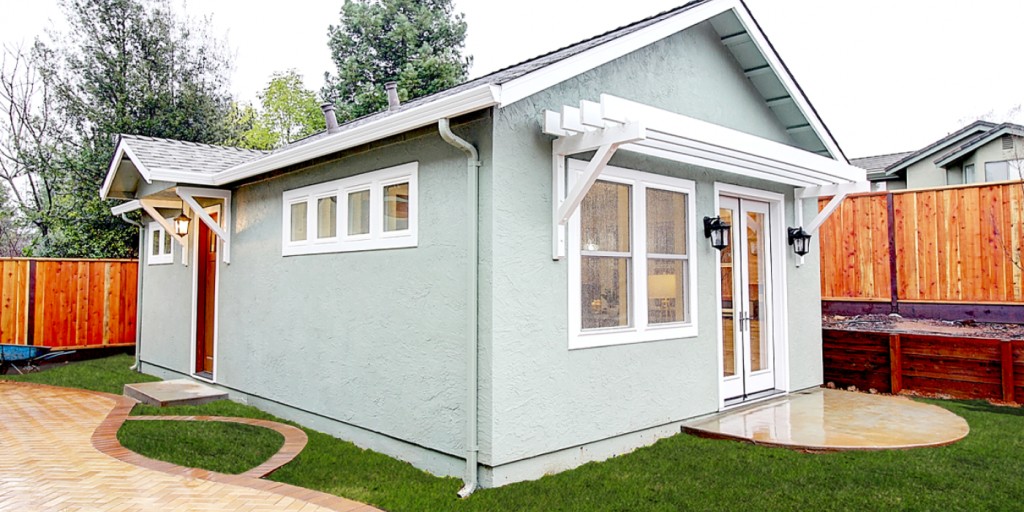Are you wondering what is a junior ADU? A Junior Accessory Dwelling Unit (JADU) is a tiny, self-contained living unit built within a single-family house. Junior ADUs employ existing space more efficiently than typical ADUs, which are generally freestanding or large extensions. Usually under 500 square feet, these flats include a separate entrance, kitchenette, and bathroom.
The Junior ADU Idea
Junior ADUs maximize house utility while providing inexpensive housing. Homeowners may transform part of their house into a family room, rental, office, or guest suite. The conversion’s low cost and little influence on the existing building have made it popular.
Junior ADU Features
According to ADU experts, a Junior ADU has vital qualities for a productive living area. Most of the time, they have their own door, a bathroom, and a small kitchen or bar. Depending on the space and rules in the area, the bathroom could be a full bathroom with a shower or a half-bath.
Junior ADU Benefits
Homeowners profit from junior ADUs. Rental revenue is a major benefit. The Junior ADU may be rented out to tenants to provide extra revenue for homeowners. Junior ADUs can boost property value.
Reasonably Priced Housing
According to Andrew G Construction Junior ADUs are a cost-effective way to extend living space without constructing a new structure. Construction expenses are far cheaper than for an ADU since the unit is built inside the home’s walls. Junior ADUs are appealing to budget-conscious homeowners and those seeking maximum ROI.
Legal and Zoning Issues
ADU experts agree that developing a Junior ADU requires knowledge of local zoning and construction requirements. Municipalities regulate Junior ADU size, design, and use differently. Residents must contact local planning offices to verify their project follows all rules. Many regions need permissions and limit tenants or design components.
Design and Layout Ideas
The arrangement and design of a Junior ADU determine its usefulness and attractiveness. Space is limited, thus every square foot must be used efficiently. Open floor layouts, multi-functional furniture, and built-in storage increase living space. A pleasant and appealing room requires natural light and sufficient ventilation. ADU experts say intelligent design may make a tiny space warm and functional.
Finance a Junior ADU
Junior accessory dwelling units may be financed in several ways. Homeowners may employ savings, home equity, or ADU-specific loans. Some governments provide subsidies or incentives for Junior ADUs as part of cost saving efforts. The homeowner should consider all financing choices and pick the one that best matches their finances.
Obstacles and Solutions
Junior ADUs have advantages and drawbacks. Space is often a problem in old homes. Converting a garage, cellar, or underused area might assist with space issues. Local restrictions and permission requirements might sometimes be difficult. Working with ADU-experienced architects and builders helps speed the process.
Junior ADU Future
Junior ADUs are promising as more individuals realize their potential to solve housing shortages and provide flexible living. Junior ADUs are a practical and cost-effective approach to boost housing density without altering communities as cities struggle with housing affordability. Due to economic and environmental concerns, ADU experts expect the trend toward smaller, more efficient living areas to continue.
Conclusion
Junior ADUs are creative, inexpensive housing that uses existing space. They provide flexible living for families, rental revenue, and property value increases. By studying local restrictions, exploring innovative design alternatives, and evaluating financing choices, homeowners may build a Junior ADU that fulfills their requirements and helps alleviate housing shortages. ADU experts believe that Junior ADUs will shape urban life.

